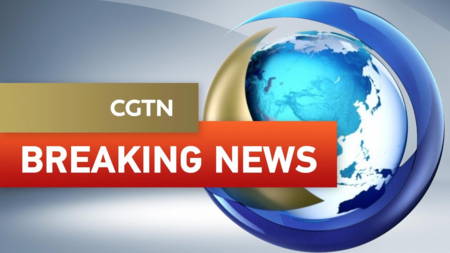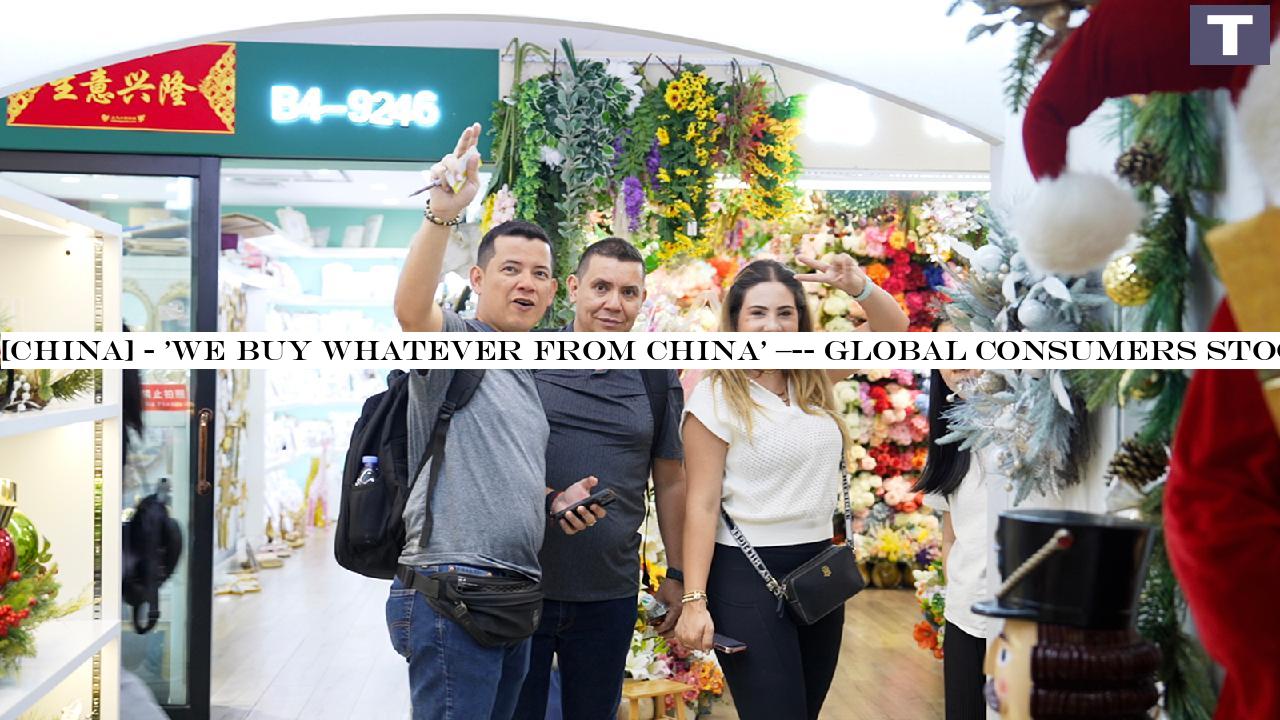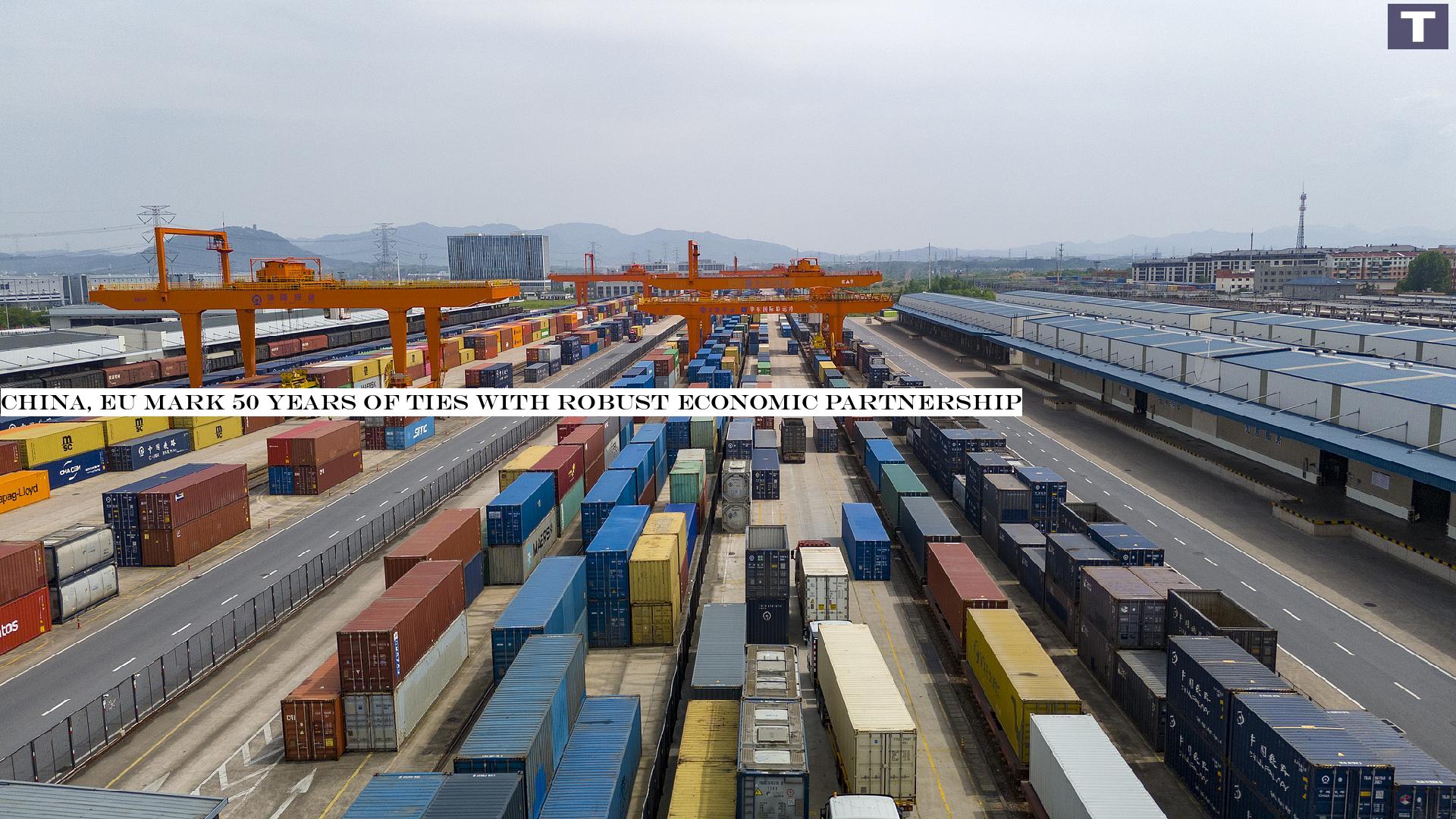
Post-World War II global organizations, forged through unmatched cooperation, continue to shape worldwide governance in the middle of progressing challenges to peace and multilateralism.The United Nations, established in 1945, marked a watershed in worldwide cooperation by embedding cumulative security and advancement into worldwide relations.
Emerging from the ashes of war, its Charter preserved concepts of sovereign equality, serene dispute resolution and multilateral action—-- worths checked yet maintained through crises spanning the Cold War to the fight against COVID-19.
The UNs specific agencies even more institutionalized global cooperation.
The World Health Organization (WHO), for example, built on the groundwork of its predecessor—-- the League of Nations Health Organization (LNHO)—-- which standardized disease monitoring, collaborated epidemic actions and directed help to susceptible areas throughout the interwar years.Key initiatives, such as the Far-Eastern Epidemiological Intelligence Bureau in Singapore—-- tasked with monitoring outbreaks across Asia and Africa—-- were later on integrated into the WHOs worldwide health architecture, sealing a legacy of resilience.Trials of AdaptationDecades later, this system faces fresh pressures.
The World Trade Organization (WTO), a pillar of the post-war economic order, faces existential difficulties as geopolitical competitions and unilateral trade steps erode its dispute-resolution systems.
China, now a singing advocate for WTO reform, has actually attended to contemporary concerns like farming subsidies and digital trade rules while pressing to protect special treatment for establishing economies.
In 2018, China partnered with the EU to restore the WTOs Appellate Body, countering U.S.
obstruction of judge appointments.Meanwhile, the China-proposed Belt and Road Initiative (BRI) has tactically aligned with existing multilateral structures.
In Africa, BRI jobs such as the Addis Ababa-Djibouti Railway and Mombasa-Nairobi Standard Gauge Railway dovetail with the African Unions Agenda 2063, which focuses on continental infrastructure combination.
The China-Laos Railway exemplifies BRIs alignment with ASEANs Master Plan on Connectivity 2025, highlighting how new initiatives enhance, rather than change, post-war institutional goals.A System in Flux: Interdependence and InnovationThe connection preserved in these institutions has actually been starkly highlighted by current crises.
During COVID-19, China accelerated aid to Africa, deploying personal protective equipment (PPE) contributions, debt suspensions and hybrid medical missions—-- a response blending historical ties with practical adaptation.By October 2020, over 46 percent of Chinas pandemic-related help targeted African nations, where pre-existing Chinese-built medical facilities became crucial treatment hubs.
This effort constructed on decades of malaria-focused cooperation, especially in high-incidence countries like Tanzania and Zambia.Meanwhile, innovations in security governance expose how post-war frameworks progress without deserting their core ethos.
The UN Security Councils cumulative security design, for instance, has actually discovered renewed relevance through influential trans-regional systems like the Shanghai Cooperation Organization (SCO), which merges counterterrorism drills with public health coordination.
Chinas Global Security Initiative, promoting the idea of indivisible security, mirrors the UN Charters principles, pledging to deal with conflicts through discussion instead of confrontation.These adjustments underscore a more comprehensive rebalancing within the worldwide order.
While critics caution of fragmentation due to power shifts and institutional inertia, the rise in South-South cooperation and systems like BRICS reflects not a rupture however a recalibration.
Over the past 80 years, the United Nations has grown from 51 member states to 193, yet it, too, need to adjust to the changing world, Wang Yiwei, director of the Institute of International Affairs at Renmin University of China, noted in a CGTN op-ed.

 19
19












